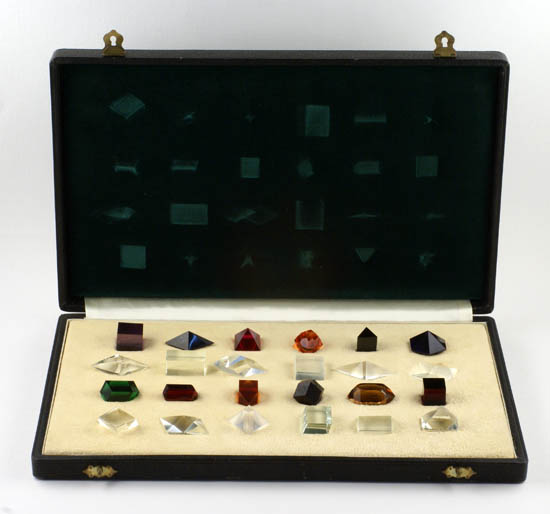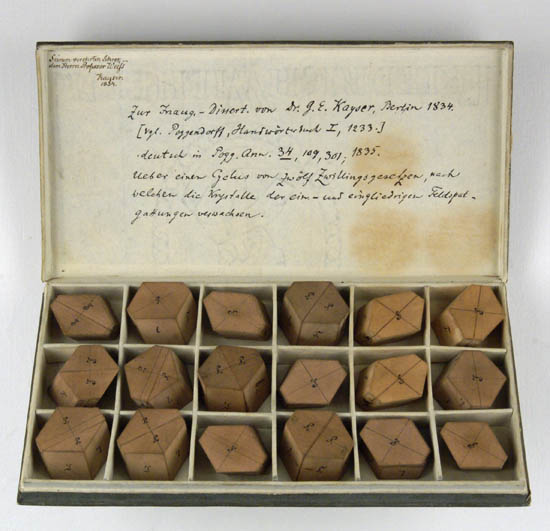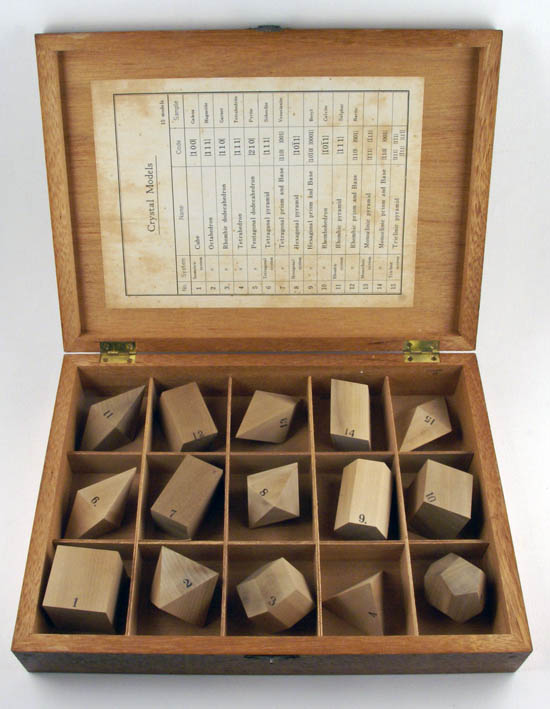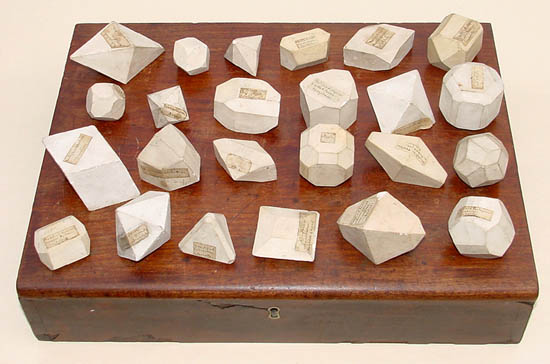THE FREE MARKET
 Thursday, November 25, 2010 at 2:23AM
Thursday, November 25, 2010 at 2:23AM Images taken from the free items section of Craigslist.
 |
 |
 |
 |
 |
 |
 |
 |
 |
 |
 |
 |
Nicholas Monsour is an artist and film editor born and raised in Los Angeles.
 Thursday, November 25, 2010 at 2:23AM
Thursday, November 25, 2010 at 2:23AM Images taken from the free items section of Craigslist.
 |
 |
 |
 |
 |
 |
 |
 |
 |
 |
 |
 |
 Monday, August 30, 2010 at 9:44AM
Monday, August 30, 2010 at 9:44AM 


IAMPETH (the International Association of Master Penmen, Engrossers and Teachers of Handwriting), which describes itself as "an international, non-profit association dedicated to practicing and preserving the beautiful arts of calligraphy, engrossing and fine penmanship," has an absolutely wonderful, treasure-trove of a website at www.iampeth.com.
Highlights of the IAMPETH's website include the gallery of Master Penmen from the Golden Age of Ornamental Penmanship (replete with biographies and work samples), but by far the greatest thing this site has to offer is a PDF library of dozens of scanned, downloadable rare books filled with beautiful calligraphic designs.
 E.W. Bloser,
E.W. Bloser,  IAMPETH,
IAMPETH,  handwriting,
handwriting,  penmanship
penmanship  Friday, August 13, 2010 at 9:58AM
Friday, August 13, 2010 at 9:58AM Le roman de renard (or The Tale of the Fox)
By LADISLAS STAREVITCH
1930
(from Wikipedia:)
In the kingdom of animals, the fox Renard is used to tricking and fooling everyone. Consequently, the King (a lion), receives more and more complaints. Finally, he orders Renard to be arrested and brought before the throne.
This is the legendary feature film by Wladyslaw Starewicz (or Ladislas Starevitch, or Ladislas Starewicz, or Ladislaw Starewicz, or Ladislas Starewitch, or Ladislaw Starewitsch). It is also his only one, and he directed it with his wife, Irène Starewicz. The story is an adaptation of a compilation or medieval French legends called "Le roman de renart". It's an entertaining story, a social satire, but most of all a landmark in early animation. I find the stop-motion truly remarkable, even by Starewicz's standards. The facial expressions and the movements are very smooth and fluid.
It had a good reception when it was first released, but as it was wartime people quickly forgot about it. They later exploited in under the form of shorts, since it contains many independent stories with one linking narrative.
 Sunday, April 11, 2010 at 9:50PM
Sunday, April 11, 2010 at 9:50PM  Untitled (Girl) by Zabka Britton. White light transmission, film. 5 in x 4 in. 1980-1981.
Untitled (Girl) by Zabka Britton. White light transmission, film. 5 in x 4 in. 1980-1981.
Tigirl by Margaret Benyon. Reflection hologram, glass. 16 in x 12 in. 1985.
 The Kiss by Lloyd G. Cross. 120° integral stereogram (Multiplex), film. 9 1/2 in x 30 in. 1973.
The Kiss by Lloyd G. Cross. 120° integral stereogram (Multiplex), film. 9 1/2 in x 30 in. 1973.
 Lindow Man by Richmond Holographic Studios Ltd. Reflection hologram, glass. 12 in x 16 in. 1987. Green image showing the remains of a mummified, Iron Age man, dating to approximately 55BCE, found in a peat bog near Wilmslow, England in 1983.
Lindow Man by Richmond Holographic Studios Ltd. Reflection hologram, glass. 12 in x 16 in. 1987. Green image showing the remains of a mummified, Iron Age man, dating to approximately 55BCE, found in a peat bog near Wilmslow, England in 1983.
 Parc des Folies a la Villette by A. P. Holographie. White light transmission, film. 38 in x 40 in. Circa 1983. 3-D architect's model, produced to promote this science park in Paris; rainbow-colored image.
Parc des Folies a la Villette by A. P. Holographie. White light transmission, film. 38 in x 40 in. Circa 1983. 3-D architect's model, produced to promote this science park in Paris; rainbow-colored image.
Selections from the MIT Museum exhibit: Holography: The Light Fantastic, "an awe-inspiring sampling of twenty-three historic holograms from the MIT Museum holography collection—the world's largest. Scientific and artistic applications of holography in diverse fields such as medicine, engineering, and retailing as well as architecture, portraiture and abstract art are represented."
 Holography,
Holography,  MIT
MIT  Thursday, March 25, 2010 at 9:15PM
Thursday, March 25, 2010 at 9:15PM 
THE WRITING BALL IS A THING LIKE ME: MADE OF IRON
YET EASILY TWISTED ON JOURNEYS.
PATIENCE AND TACT ARE REQUIRED IN ABUNDANCE
AS WELL AS FINE FINGERS TO USE US."
— Friedrich Nietzsche, on February 16th 1882

 Wednesday, March 17, 2010 at 11:00PM
Wednesday, March 17, 2010 at 11:00PM  Colored glass models, Unsigned, first half 20th century
Colored glass models, Unsigned, first half 20th century
 Wooden models of twinned feldspar crystals, G.E. Kayser, Berlin, 1834
Wooden models of twinned feldspar crystals, G.E. Kayser, Berlin, 1834
 Wooden models, Unsigned, late 19th century
Wooden models, Unsigned, late 19th century
 Wooden models, Unsigned, mid 20th century
Wooden models, Unsigned, mid 20th century
 Porcelain models, Unsigned [John Joseph Griffin], England, ca. 1841
Porcelain models, Unsigned [John Joseph Griffin], England, ca. 1841
There are far too many beautiful examples of glass, porcelain and wooden crystal models from the 18th and 19th century to display here — much more information can be found at The Virtual Museum of the History of Mineralogy. These once functional objects have long since been replaced in the teaching of mineralogy by computer models, but their present-day obsolescence only heightens their mysterious and sublime aura. Such interactive sculptures surely must have been seen and relished by the Surrealists, as Taglioni's Jewel Casket by Joseph Cornell reveals. Outside of their scientific context, there is even a prefiguration of minimalist sculpture — an unironic yet non-literal juxtaposition of organic processes and geometric perfection. There is, for me, a fascinating contradiction in the innocence of their toylike size and sentimental presentation given that crystallography — though largely esoteric and academic in its early phases — became the foundation for the most impactful material sciences of chemical and molecular engineering in the twentieth century, as well as the more potentially transfiguring twenty-first century developments in application of topography, virtual three-dimensional modeling systems, rapid prototyping and nanotechnology. The early crystallographic model is the self-anachronistic object par excellance.
 Monday, February 22, 2010 at 9:54PM
Monday, February 22, 2010 at 9:54PM 
I found this tiny image in a Santería shop in Chicago, and I have always felt a connection to it — possibly due the dreams I had as a child. I believe I paid $1 for it.
Wikipedia says that:
The Niño de las Suertes is has a strong following due to its association with Santa Muerte. While the image was created in the 19th century, its popular veneration is a recent phenomenon. The image was found by two evangelists in the rubble of the Hacienda of San Juan de Dios in Tlalpan. It was handed over to Archbishop Francisco Lizana y Beaumont. As a number of monasteries wanted to claim it, the archbishop decided to make the decision by lottery. It is said that this image favored theConvent of San Bernardo due to the vow of poverty by its nuns. This was confirmed by doing the drawing three times. In the 19th century, due to tensions between the Mexican government and the Church, the image was moved to Tacubaya when the convent was secularized.
As for Tacubaya, the current home of the image, Wikipedia states:
Located only ten minutes away from the Mexican president’s residence of Los Pinos, La Ciudad Pérdida (The Lost City) of Tacubaya are small shacks made of cardboard, wood and other found items that line the narrow streets in a part of the neighborhood, on Becerra, Mártires de Tacubaya, Heroes de la Intervencion and 11 de Abril streets, surrounding a complete block. The neighborhood was always poor, first inhabited about 100 years ago when small houses of adobe with wood roofs were built, forming the narrow streets that are found here. The area is filled with garbage and the smell of urine and stagnant water from drains that no longer work. Drug use entered this area in the 1980s, first with marihuana, then with cocaine. Eventually, the area became a drug distribution center. Neighbors say that most of the people in the lost city are transvestites, drug addicts, thieves as well as entire families, of which there are an estimated hundred. Residence of both the shacks and the permanent buildings say that they have been promised solutions to their problems, but nothing is done.

